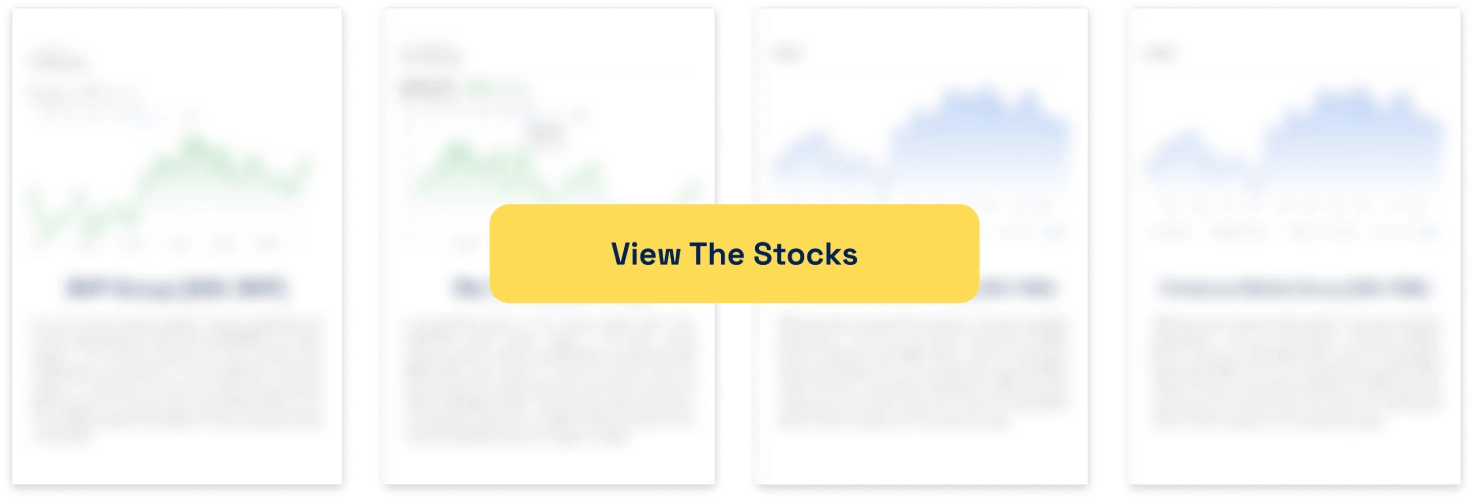Residential Mortgage Backed Securities (RMBS): Here’s why they’re becoming a lucrative investment option
![]() Nick Sundich, November 17, 2025
Nick Sundich, November 17, 2025
Last week saw a record deal in the Residential Mortgage Backed Securities (RMBS) in Australia, which led us to believe it was time to write about them.
Firstmac issued $2.5bn worth of RMBS, a deal that was only a fraction of its $21bn mortgage book, but still the record for a non-bank lender in Australia, and one that saw significant investment from foreign investors – from Japan, Singapore and Europe.
Now this is not financial advice – we are not saying you should invest in them, at least not without professional financial advice. But why would such investors do such a deal ahead of other asset classes, i.e. even corporate bonds? And didn’t RMBS cause the GFC?
What are the Best ASX Stocks to invest in right now?
Check our buy/sell tips
What you need to know about Residential Mortgage Backed Securities (RMBS)
Residential mortgage-backed securities are bonds backed by a pool of home loans (residential mortgages). Investors who buy RMBS receive the cash flows generated by borrowers making their mortgage payments. The mortgages are originated by banks or non-bank lenders (i.e. originators like Lendi or credit unions or other institutions).
The lender “bundles” hundreds or thousands of similar mortgages and sells them into a special purpose vehicle (SPV) or trust. They are split into different tranches dependent on risk and yield. Interest and principal payments from homeowners pass through the trust and are distributed to RMBS investors in order of seniority.
Now, there isn’t a succinct estimate of how big the market is, but various data (i.e. RBA, APRA and market issuers) suggest there is at A$250-300bn outstanding RMBS at anytime and $35-45bn is issued every year. The market is dominated by prime securities (high-quality bank and non-bank mortgages).
It is important to note that the ‘high-quality banks’ originate it themselves. But non-bank lenders (Pepper (ASX:PPM) being one example) rely heavily on RMBS, sometimes funding 70–90% of their loan books with securitisation. Why? Because they do not have deposits as a funding source.
The flip side is that non bank lenders are not curtailed as they are not regulated by ASIC in the same way banks are.
Why would investors consider them?
One word. Yield.
RMBSs often offer higher yields than similarly rated corporate bonds because investors demand compensation for structured-finance complexity and prepayment uncertainty.
Australian RMBS have historically had very low default rates, very low loss-given-defaults. This is for many reasons, including full-recourse lending and fast foreclosure processes, lending standards overseen by APRA and because prime borrowers dominate the market.
Finally, we’d note that because Australia does not have 30-year fixed mortgages like the US does, there is lower sensitivity to interest rate cycles, prepayments are predictable given refinances are less driven by rate-lock considerations and extension risk is much smaller.
Also consider that in the US, foreclosure processes are a lot slower, and sometimes there isn’t even recourse (i.e. if the borrower walks away, the bank often cannot pursue other assets).
No senior tranche of an Australian prime RMBS has ever taken a loss.
The risks of investing in these securities
Obviously, there are risks including some that are applicable to all bonds, but also some corporate bonds do not face. Borrowers can repay, refinance or sell their homes at any time. When prepayments rise investors get capital back early, they must reinvest at potentially lower yields and expected yields fall.
Moreover, RMBSs can be very complex in their structure, are less liquid than government or large corporate bonds, and are tied to the property market and thus all the factors impacting the market.
Hang on, didn’t this asset class cause the GFC?
Not quite. Many U.S. subprime securities were technically RMBS but with much weaker underwriting standards.
The problem wasn’t securitisation itself, but what was securitised and how it was rated and sold. The mortgages in question were poor quality (i.e. subprime, teaser rates and even no underlying securitisation). Rating agencies gave AAA ratings to securities that were not AAA at best, arguably junk at worse. CDOs and synthetic CDOs amplified the exposure.
But that was America, and this is Australia. Again, we note that no senior tranche of a prime Australian RMBS has ever experienced a loss — including through the GFC.
Conclusion
Firstmac’s $2.5bn raising shows that RMBS is an asset class here to stay. This doesn’t mean it is suitable for your particular portfolio, but if nothing else, now you know that it is not only with deposits that banks finance loans.
Blog Categories
Get Our Top 5 ASX Stocks for FY26
Recent Posts
REA Group (ASX:REA): Here’s why succeeded over Domain Group at home, but hasn’t done that well abroad
REA Group (ASX:REA) is best known in Australia as the owner of realestate.com.au. For so long, the company (which is…
Here’s why companies undertake demergers and spinoffs, and some of the most famous deals in the last decade!
Investors often get themselves into frenzies over M&A deals (or just speculation of them), but demergers and spinoffs get less…
Catapult Sports (ASX:CAT) Plunges on Tech Rout: Should You Buy This Dip or Wait?
Catapult Sports (ASX: CAT) fell 8% yesterday as a broader tech selloff swept the ASX, dragging the sector down 6%.…



